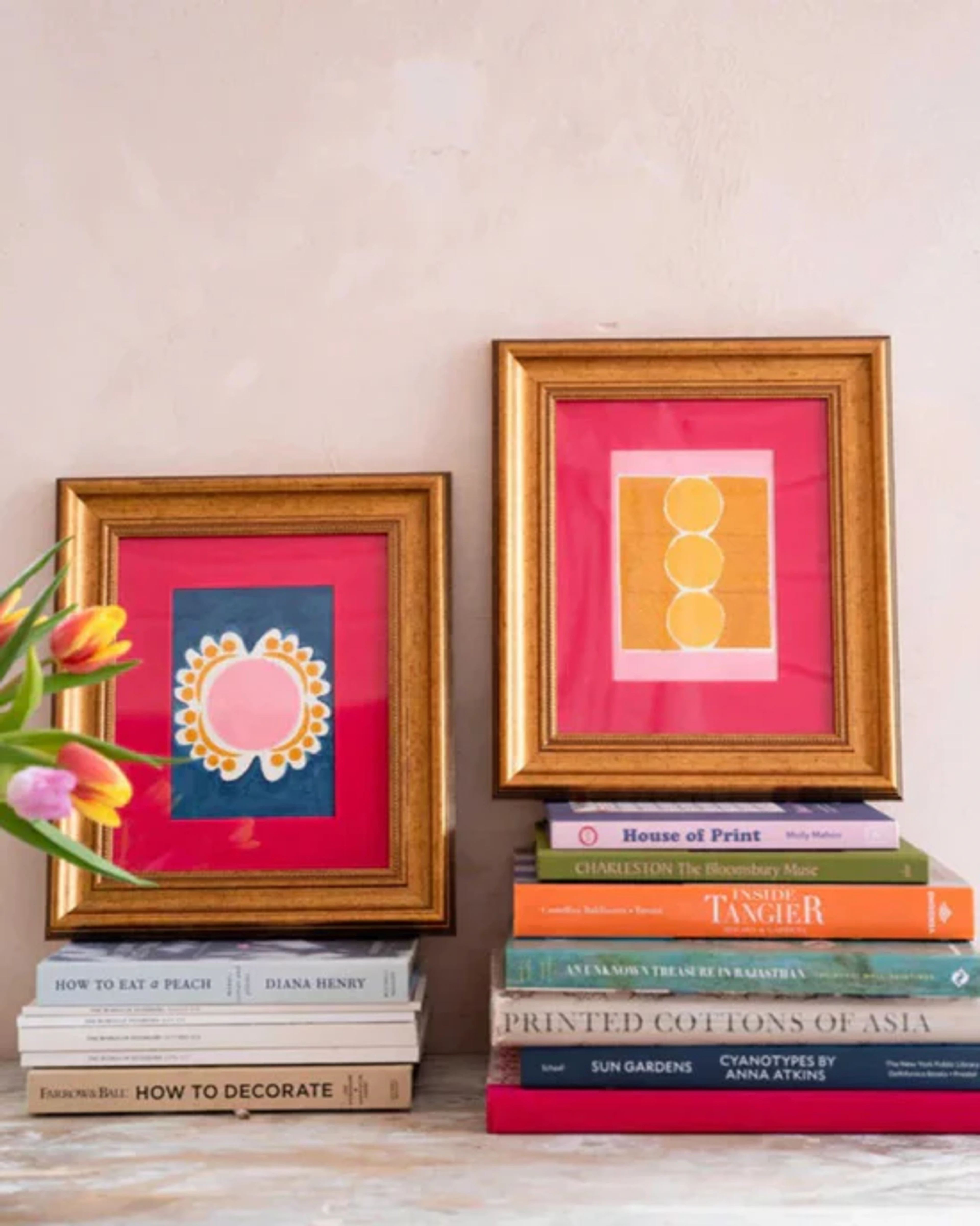
The Ultimate Guide to Buying Art Online Safely & Successfully
Demystify buying art online. This guide, from an artist's perspective, covers finding reputable sources, assessing quality (including scale & condition), understanding pricing, buying different mediums (prints, sculpture, digital), framing, safety tips (scams, currency), and making your online art journey rewarding.
The Ultimate Guide to Buying Art Online: Finding Joy, Not Junk
Let's be honest, buying things online is second nature now. Books, questionable gadgets, maybe even groceries. It's easy, convenient, sometimes dangerously so. But buying art online... that feels different, doesn't it? It carries a certain weight. It's not just a transaction; it's acquiring something potentially personal, valuable, something that will live with you. And maybe, just maybe, it feels a bit intimidating.
I get it. Staring at a Jpeg, trying to imagine how that splash of colour or intricate line work will actually feel in your living room – it’s a leap of faith. There's this nagging voice wondering, "Is this the best way to buy art online?", "Am I going to get scammed?", "What if I hate it when it arrives?". These are valid thoughts, the kind that can paralyze you into sticking with bare walls or mass-produced prints (which, hey, have their place, but maybe you're yearning for something more). I've certainly had my moments of doubt, scrolling endlessly, wondering if I'm missing something crucial, or if that perfect piece is actually just... smaller than it looks. (Spoiler: judging scale online is a whole thing, and we'll get to it).
This guide is here to demystify the process. Think of it as a chat with a friend who's navigated these digital waters before – someone who believes that the vast, sometimes chaotic, online art world holds incredible treasures if you know how and where to look. We'll cover everything from finding trustworthy sources to deciphering art jargon (or pointing you to where you can decode art jargon), ensuring your online art buying experience is exciting and rewarding, not regrettable. Consider this your starting point, a foundation built to perhaps one day lead you to buy art even if you're a beginner.
Why Even Bother? The Allure of the Digital Gallery
Before we dive into the 'how,' let's touch on the 'why.' What makes clicking 'add to cart' on a painting or print so appealing? For me, it was the sheer, unadulterated discovery. I remember stumbling upon an artist whose vibrant abstracts just spoke to me, someone I would never have encountered in my local gallery scene. It felt like finding a secret door.
- Unparalleled Access: Suddenly, geography doesn't matter. You can discover an emerging artist in Berlin, a printmaker in Tokyo, or maybe even check out contemporary pieces directly from an artist's studio (like the ones available for sale here) without leaving your couch. Physical galleries are wonderful (especially local ones or even dedicated artist museums), but the internet blows the doors wide open.
- Endless Variety: From hyperrealism to pure abstraction, sculpture to digital art, the range online is staggering. You can explore countless art styles and discover niches you never knew existed.
- Convenience (with Caveats): Browsing at 2 AM in your pajamas? Totally possible. Comparing prices across platforms? Easy. However, this convenience needs to be balanced with diligence, which we'll get into.
- Finding the Unique: While galleries curate, the web allows you to stumble upon truly unique pieces and underrated artists who might not have gallery representation yet. Buying direct, for instance, offers a unique opportunity to support and interact directly with the creator, building a personal connection to the work even before it arrives.
It’s not about replacing the experience of seeing art in person – the texture, the scale, the aura – but complementing it, offering a different, powerful way to connect with and acquire art.
Navigating the Maze: Where to Find Reputable Art Online
Okay, you're ready to browse. But where do you start? The internet is vast, and not all platforms are created equal. Here’s a breakdown:
- Curated Online Galleries & Marketplaces: These platforms (think Saatchi Art, Artsy, Singulart, etc.) often vet their artists or gallery partners. They provide a level of quality control and usually offer robust search filters, secure payment, and clear shipping/return policies. They typically feature a wide range of mediums, from paintings and prints to photography and sculpture. They are often a good starting point and can help you discover reputable online art marketplaces.
- Artist-Direct Websites: Many artists, established and emerging, sell directly through their own websites. This offers a chance for a more personal connection and potentially better pricing (cutting out the middleman). It requires a bit more trust and due diligence on your part regarding the artist's professionalism and policies. You might find unique contemporary pieces this way (again, feel free to browse my collection as an example). Researching the artist becomes crucial here – understanding their journey can add context.
- Major Auction Houses Online: Christie's, Sotheby's, Phillips, etc., have significant online auction platforms. This is often for higher-value works and requires understanding the auction process (bidding, buyer's premiums). This territory often overlaps with the secondary art market (the resale market for works that have been previously owned).
- Print-Specific Marketplaces: Sites focusing exclusively on prints (limited editions, open editions) can be great for finding more affordable options. These platforms specialize in reproductions, often offering a wider variety of subjects and styles specifically as prints. Understand the difference between print types! (Prints vs. Paintings is a key distinction).
- Social Media (Instagram, Pinterest): A fantastic discovery tool, but exercise extreme caution when buying directly via social media. Use it to find artists, then navigate to their official website or a reputable gallery representing them. Direct DMs for high-value transactions are risky.
Key Takeaway: Start with platforms known for curation and security. As you gain confidence, explore artist-direct options, always verifying legitimacy.
The Detective Work: How to Assess Art Quality Online
This is often the trickiest part. You can't touch it, see it under different lighting, or gauge its true presence. So, how do you assess art quality online? It requires becoming a bit of a digital detective.
- Demand High-Quality Visuals: This is non-negotiable. Think of these as your primary evidence. Look for:
- High-Resolution Images: Clear, well-lit photos from multiple angles. Detail shots (showing texture, brushstrokes, edges) are essential. You want to be able to zoom in and see the nuances.
- In-Situ Photos: Images showing the artwork in a room setting help visualize scale. Look for photos where the artwork is placed next to recognizable furniture or architectural features.
- Videos: A short video panning across the artwork can reveal surface quality and texture far better than static images.
- Installation Photos: Check the artist's social media or website for photos of the work installed in exhibitions or collectors' homes. These can offer more real-world context than staged in-situ photos.
- Augmented Reality (AR): Some platforms now offer AR features that let you point your phone at your wall and see a virtual representation of the artwork in your space. While not perfect, it's a helpful tool for visualizing scale and fit.
- Red Flag: Low-res, blurry, or single, poorly lit photos? Be wary. If a seller isn't willing to provide better images, that's a major red flag.
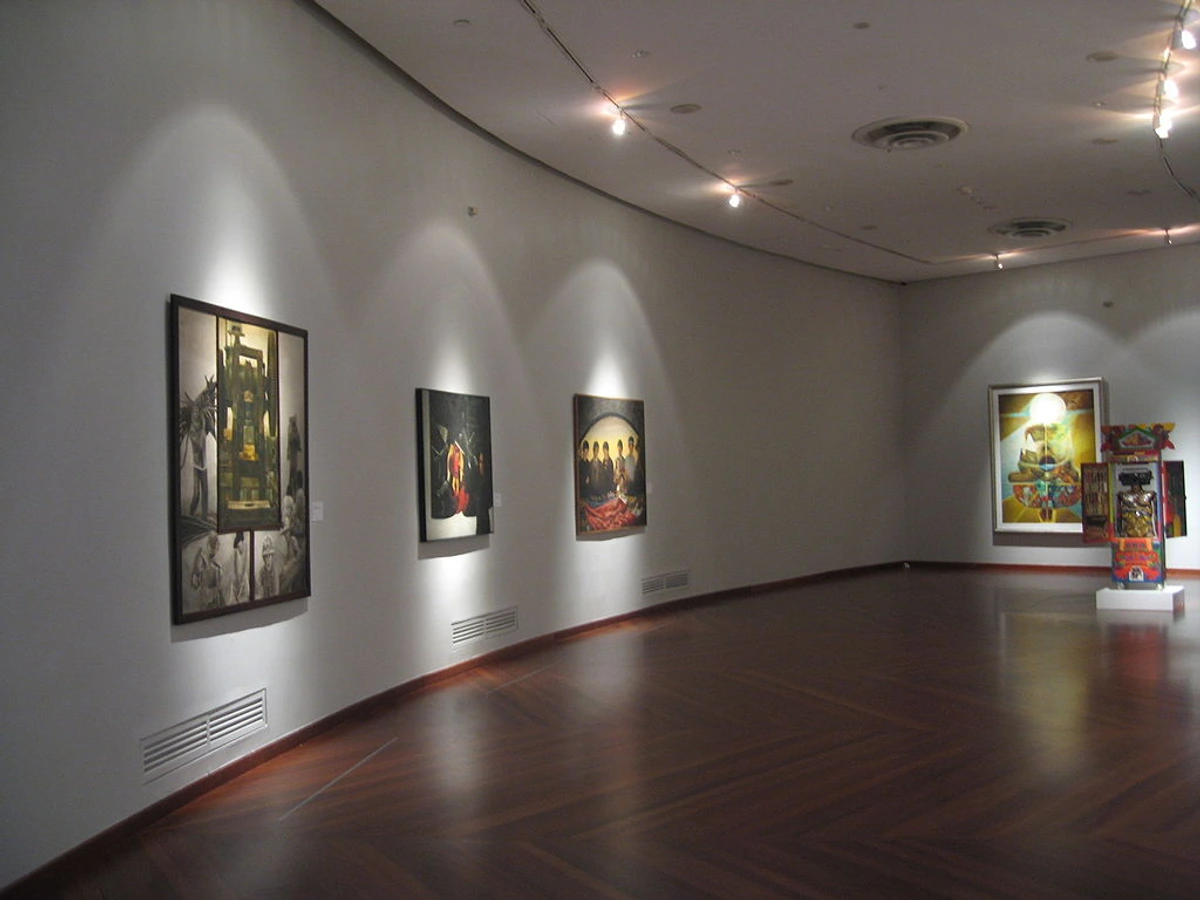
- Read the Description Meticulously: Don't just look at the picture. The text holds crucial details. Pay attention to:
- Medium: Is it oil on canvas, acrylic on wood, watercolor on paper, a giclée print? Understanding the materials gives you insight into the creation process and potential care needs.
- Dimensions: Width, Height, AND Depth. This is where the rubber meets the road. Digital images can be incredibly deceiving. Get out a tape measure and visualize the size in your space. A practical tip? Use masking tape on your wall to mark out the dimensions, or create a paper template based on the measurements. Trust me, you don't want that moment of realizing the piece is either comically small or overwhelmingly large for the intended spot.
- Year Created: Gives context to the artist's development.
- Edition Details (for Prints): Is it a limited edition (e.g., 1/50)? Is it signed and numbered? Limited editions are generally more valuable than open editions because their scarcity is controlled by the artist or publisher, making them more collectible. Open editions can be printed indefinitely.
- Framing: Is it included? What kind of frame? (Framing is a whole topic itself). If it's unframed, factor in that additional cost and effort.
- Condition: Especially important for older or secondary market pieces. Look for terms like "excellent," "good," "fair," and always ask for a detailed condition report if one isn't provided. A good condition report should describe the artwork's physical state, noting any damage (tears, scratches, paint loss), discoloration, repairs, or signs of age. It's critical because it gives you an objective assessment of the artwork's preservation and potential future restoration needs.
- Research the Artist: Who made this? Knowing the artist adds context and confidence. Their story can deepen your connection to the work.
- Check their background, education, exhibition history, and artist statement. Reading an artist statement online can offer insight into their inspiration, process, and the meaning behind their work, creating a more profound connection than just viewing the image.
- Researching the artist thoroughly is crucial before any significant purchase.
- Look at their body of work. Is this piece consistent with their style and quality? Maybe explore different art styles to understand where they fit.
- Provenance: The history of ownership. For secondary market works, provenance is crucial as it helps verify authenticity and tracks the work's journey. For contemporary art bought directly from the artist or a primary gallery, provenance is simpler – the initial sale documentation is the beginning of the provenance. It's still important to get clear documentation of the purchase.
- Trust Your Gut (Partially): Does the piece resonate with you? That's paramount. Art is deeply personal. But don't let emotion completely override critical assessment of the practical details. You need to define your personal art taste, but also be objective about the condition, size, and seller's credibility.
Buying Different Types of Art Online: Beyond the Canvas
While paintings and prints dominate the online market, the digital realm opens up access to a much wider world of mediums. Each comes with its own set of considerations:
- Photography: Look for edition size (limited vs. open), print method (e.g., archival pigment print, C-print), paper type, and whether it's signed and numbered. Archival quality is key for longevity. Pay close attention to the clarity and detail in the online images.
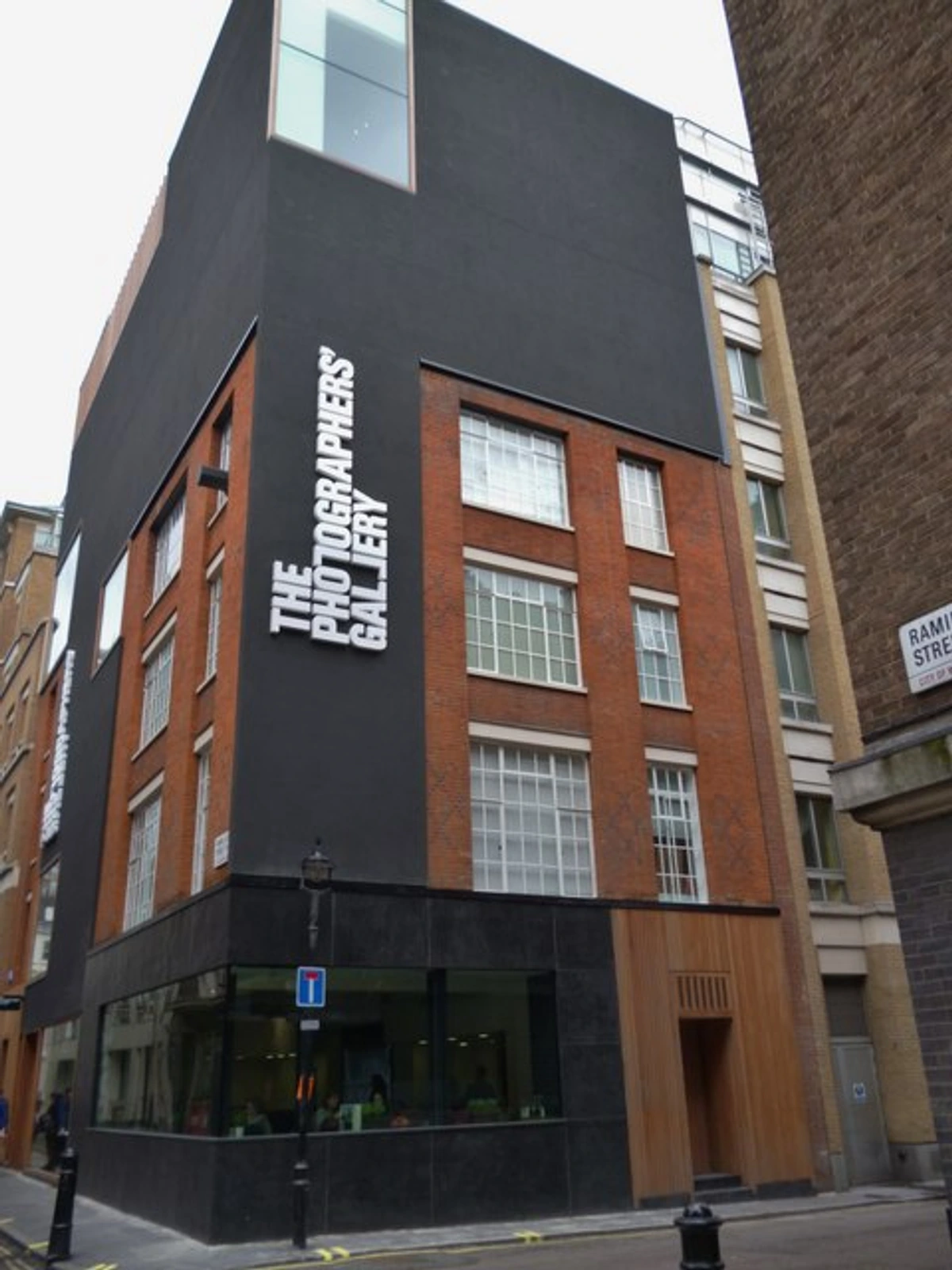
- Sculpture: This is perhaps the trickiest online. Dimensions (all three!), weight, and material are critical. How is it displayed (plinth, wall-mounted, freestanding)? Ask for photos from every angle and potentially a video showing it in 3D space. Shipping is a major consideration due to weight and fragility.
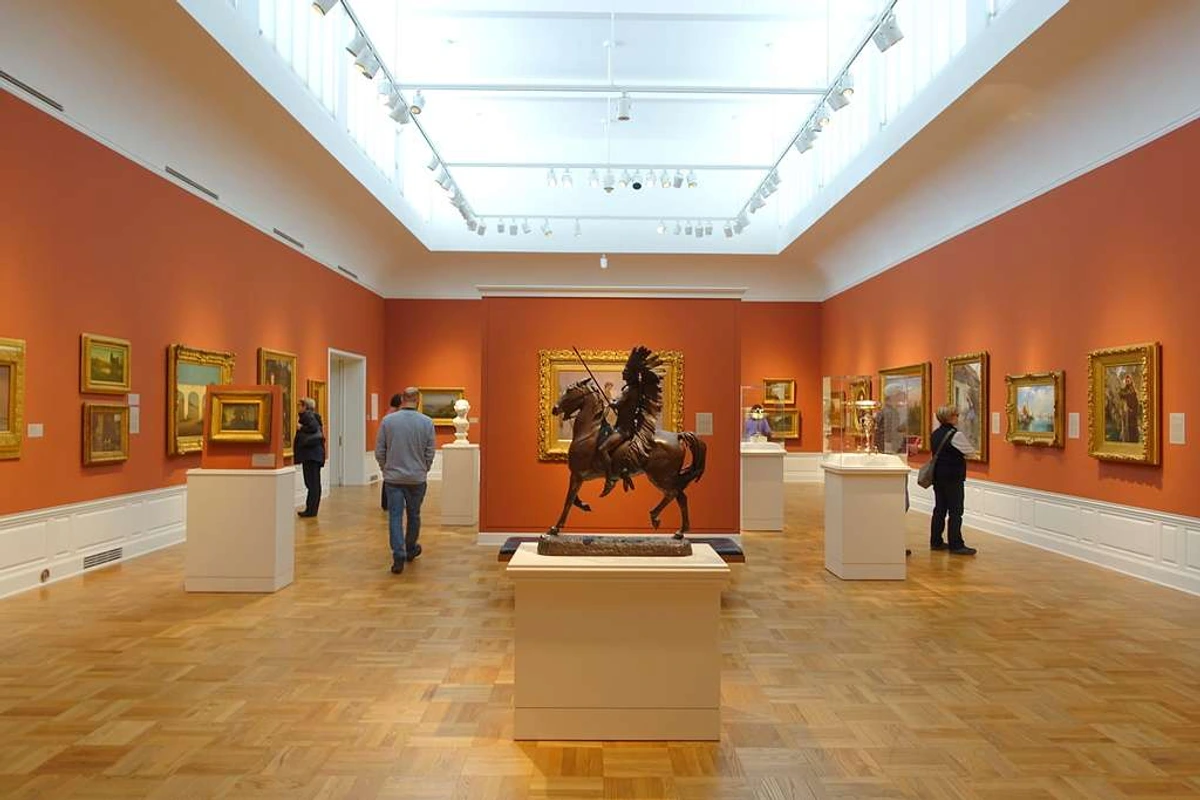
- Digital Art: This is a rapidly evolving space. Are you buying a unique digital file (like an NFT)? A limited edition print of a digital work? Or access to a digital display file? Understand the format, ownership rights, and how you will receive and display the work. Authentication methods are particularly important here.
- Limited Edition Prints vs. Open Editions: As mentioned, limited editions (like lithographs, screenprints, or giclées with a set number) are generally more valuable due to scarcity and the artist's direct involvement/approval. Open editions are reproductions that can be printed indefinitely, making them more accessible and typically less valuable from a collector's standpoint. Always check the edition size and whether the print is signed and numbered by the artist.
Understanding Art Pricing Online: More Than Just a Number
Why does one painting cost €500 and another seemingly similar one €50,000? Understanding art pricing online can feel opaque, almost arbitrary sometimes. Like trying to guess why one brand of fancy water costs more than another – sometimes it makes sense, sometimes it feels like marketing fluff. But there are factors at play:
- Artist's Reputation & Career Stage: Emerging vs. mid-career vs. established artist. Exhibition history, gallery representation, awards, and press significantly impact price. Identifying emerging artists worth collecting involves spotting potential before prices rise.
- Medium & Materials: Oil paintings often cost more than works on paper. The complexity and cost of materials matter. A bronze sculpture will cost significantly more than a ceramic one of the same size due to material and casting costs.
- Size & Complexity: Larger or more detailed works generally command higher prices (though not always – a small gem by a major artist can be costly).
- Uniqueness: Is it an original one-off piece or part of a limited edition print run? Original art costs vary wildly. Limited edition prints are typically priced higher than open editions of the same image due to their controlled scarcity.
- Provenance: The history of ownership. Has it been in significant collections or exhibitions? This adds value, especially in the secondary art market. For contemporary art bought directly, the initial purchase documentation is the start of its provenance.
- Seller's Markup: Galleries and marketplaces take a commission, reflected in the price. Buying direct might be cheaper, but not always.
- Hidden Costs: Remember to factor in:
- Shipping & Insurance: Can be substantial, especially for large, fragile, or international pieces. Always clarify who is responsible for insurance during transit.
- Taxes/Duties: Applicable depending on your location and the seller's. Be aware of potential import duties if buying internationally.
- Framing: If not included, this is an additional expense.
- Currency Conversion & Fees: If buying internationally, be mindful of the exchange rate and potential foreign transaction fees charged by your bank or payment processor.
Don't be afraid to compare prices for similar works by the same artist across different platforms (if possible). And remember, you can find fantastic art without breaking the bank – check out guides on starting an art collection on a budget or finding affordable original art online. Ultimately, understanding what determines artwork value is key.
Framing Considerations When Buying Unframed Art
Buying unframed art online, especially prints or works on paper, can be a great way to save on shipping and customize the final look. But it means you'll need to handle the framing yourself. Here are a few things to consider:
- Protection: Unframed works are more vulnerable during shipping and handling. Ensure the seller packs them securely (e.g., rolled in a sturdy tube for prints, flat between rigid boards for smaller works).
- Cost: Framing can be surprisingly expensive, often adding a significant percentage to the total cost of the artwork. Get quotes from local or online framers before you buy if you have a budget in mind.
- Style: The frame and matting (if used) should complement both the artwork and your space. Common frame types include simple wood or metal profiles. Materials range from basic wood and metal to more ornate options. Consider whether the piece needs UV-protective glass or acrylic, especially for works on paper or photographs.
- Professional vs. DIY: For valuable or delicate pieces, professional framing is highly recommended to ensure proper handling and archival materials. For less valuable prints, DIY framing with standard-sized frames can be a cost-effective option.
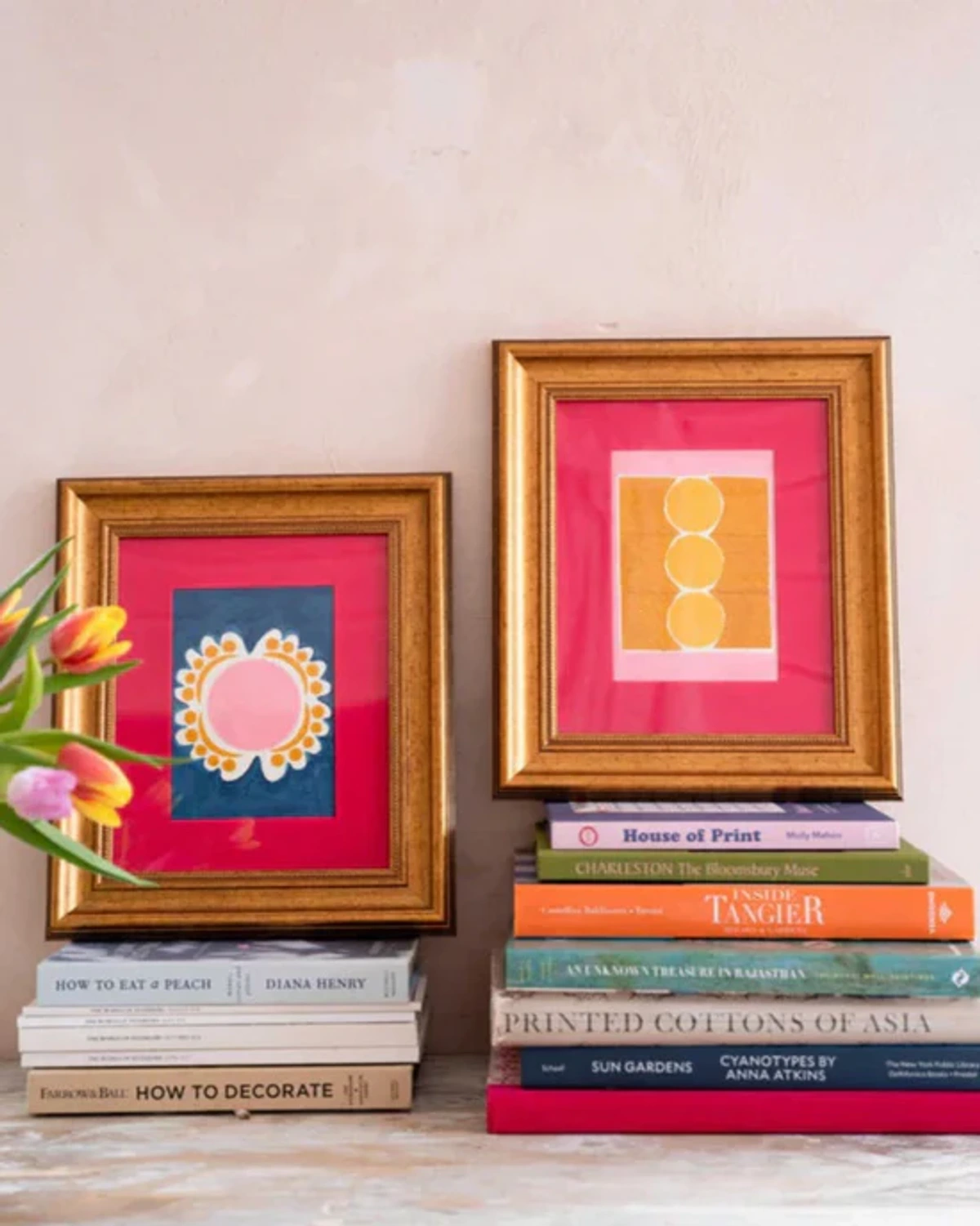
Safety First: Tips for Buying Art Online Safely
This is where diligence pays off, preventing disappointment or outright scams. The online world, while full of treasures, also has its share of digital pickpockets. Here are tips for buying art online safely and avoiding common risks:
- Verify the Seller's Legitimacy:
- Look for complete contact information (real physical address, phone number, email). Be wary if only a generic contact form is available.
- Check reviews or testimonials (but be critical – are they genuine? Look for reviews on third-party sites). How long has the gallery/platform been operating? A long history is a good sign.
- Do they have clear, professional policies (shipping, returns, privacy, terms of service) easily accessible on their site? Legitimate businesses are transparent.
- Specific Warning: Be highly suspicious of unsolicited offers or websites that look slightly 'off' or mimic legitimate galleries with minor URL changes. Phishing scams targeting art buyers are real. Always double-check the URL and look for security indicators.
- Demand Transparency & Documentation:
- Certificate of Authenticity (CoA): Especially important for established artists or limited editions. Ask if one is provided and who issues it (artist or gallery). Be aware that CoAs can also be forged – the reputation of the issuer matters. Research online art authentication services if dealing with high-value secondary market work, but be cautious as these can be complex and costly.
- Provenance Documentation: For secondary market works, ask about the history of ownership. For primary market works, the initial invoice and CoA from the artist or gallery serve as the starting point.
- Communication is Crucial: Don't hesitate to ask questions before buying. This addresses the "questions to ask before buying art online" query. A reputable seller will be happy to provide information. Consider asking:
- Can you provide more images/videos from specific angles or in different lighting?
- Can you confirm the condition in detail? Are there any restorations? (Refer back to the condition report!)
- What is the exact return policy? Who pays for return shipping?
- How will the artwork be packed and shipped? Is it insured in transit?
- (For artists direct): Can you tell me more about the inspiration or process behind this piece? (Connects you to the art!)
- Our guide on 10 questions to ask before buying art offers more ideas.
- Secure Payment: Use secure payment methods (credit cards often offer more protection and chargeback options than direct bank transfers). Avoid sellers pressuring you into unsecured methods like wire transfers or cryptocurrency unless you are absolutely certain of their legitimacy. Check for "https" and the padlock icon in your browser's address bar during checkout.
- If it Seems Too Good to Be True...: A drastically underpriced work by a known artist? A seller using high-pressure tactics? Trust your instincts. It probably is too good to be true. That little voice of doubt? Listen to it.
The Grand Finale: Shipping, Returns, and Living with Your Art
You clicked buy! Exciting. That little thrill of anticipation is part of the joy. Now what?
- Shipping: Understand the process. Reputable sellers will use professional art shippers, especially for valuable or fragile pieces. This involves careful packing (sometimes crating). Expect tracking and insurance. Costs vary hugely based on size, weight, distance, and value. Clarify who pays upfront. International shipping also involves customs, which can add delays and fees.
- Returns: This is vital. Read the return policy before buying. What is the window for returns (e.g., 7 days, 14 days)? Under what conditions are returns accepted? Who pays for return shipping (often the buyer)? Some sales (especially custom commissions or final auction bids) may be final. Make sure you understand the policy completely to avoid disappointment.
- Receiving & Inspecting: When the art arrives:
- Inspect the packaging for damage before signing for it. Document any issues with photos immediately.
- Carefully unpack the artwork. Take photos or video of the unpacking process, especially for valuable pieces.
- Inspect the artwork thoroughly, comparing it to the online photos and description. Check for any damage that might have occurred in transit or wasn't disclosed.
- Contact the seller immediately (within the return window!) if there are any discrepancies or damage. Provide clear documentation (photos, video).
- Installation & Care: Find the perfect spot! Consider lighting (avoid direct sunlight) and how you want to display your new art or decorate the wall. Learn basic art care tips to preserve your investment. Remember those scale tips? Now's the time to see if your masking tape visualization paid off!
Frequently Asked Questions (FAQ)
Let's tackle some common queries directly:
- Q: What's the safest way to buy art online?
- A: Buy from reputable, established online galleries or marketplaces with clear policies, secure payment systems, and excellent high-resolution imagery. Always verify seller legitimacy and demand transparency, including Certificates of Authenticity where appropriate. Be wary of unsolicited offers or suspicious websites.
- Q: How can I tell if an online art seller is legitimate?
- A: Look for a professional website, complete contact details (including a physical address), transparent policies (shipping, returns, privacy), secure checkout (HTTPS), customer reviews (critically assessed), and potentially affiliations with art industry bodies. Don't hesitate to contact them with questions and gauge their responsiveness and professionalism.
- Q: Can I return art bought online?
- A: Often, yes, but check the return policy before buying. Policies vary significantly regarding the return window, conditions for return, and who pays for return shipping. Some sales might be final (e.g., custom commissions, auction sales).
- Q: Is buying art online cheaper than in a physical gallery?
- A: Not necessarily. While buying direct from an artist might cut out gallery commission, reputable online platforms also have overheads. Prices depend more on the artist, artwork specifics, and seller type than purely the online vs. offline channel. However, you can find a wider range of price points online, including more affordable options, and access artists not represented in your local area.
- Q: How important is authentication when buying online?
- A: Very important, especially for established artists, limited editions, or secondary market pieces. Always ask for a Certificate of Authenticity (CoA) issued by a reputable source (the artist or primary gallery). For high-value works, deeper provenance research might be needed. Understand that CoAs can be faked, so the issuer's reputation matters.
- Q: How can I judge the size of art online?
- A: Don't rely solely on in-situ photos, as they can be misleading. Always check the dimensions listed in the description (width, height, and depth). Use a tape measure to visualize the size on your wall, or create a paper template to get a real sense of the scale in your space.
- Q: What's the difference between a limited edition and an open edition print?
- A: A limited edition print is produced in a fixed, predetermined number (e.g., an edition of 50). Once they are sold, no more will be made. They are typically signed and numbered by the artist and are more valuable due to their scarcity. An open edition print can be produced indefinitely and is generally less valuable from a collector's standpoint.
Taking the Plunge: Your Digital Art Adventure
Buying art online doesn't have to feel like navigating a minefield. It's more like exploring a vast, exciting landscape – you just need a good map and a healthy dose of awareness. It requires a bit more effort than buying a pair of shoes, perhaps a different kind of trust. You're not just evaluating fabric and stitching from photos; you're trying to connect with something less tangible, something that speaks to you across the digital divide.
Embrace the discovery process. Use the endless variety online to define your personal taste. Follow artists, browse galleries, save images you're drawn to. Don't feel pressured to like what's trendy. Art is personal. While some people buy art online for investment (read more about art as an investment), for most of us, the primary reward is the joy of living with something beautiful and meaningful. Focus on buying what you love first; appreciation is a potential bonus, not a guarantee.
Do your homework, ask questions, trust your instincts (informed by facts!), and most importantly, buy what you love. Find that piece that makes you pause, think, or simply smile every time you see it. Whether it's a vibrant abstract canvas, a delicate drawing, a striking photograph, or a unique sculpture, the perfect piece for you is likely out there, waiting to be found online.
Perhaps you'll even find it amongst the colourful works available right here. Happy hunting!




